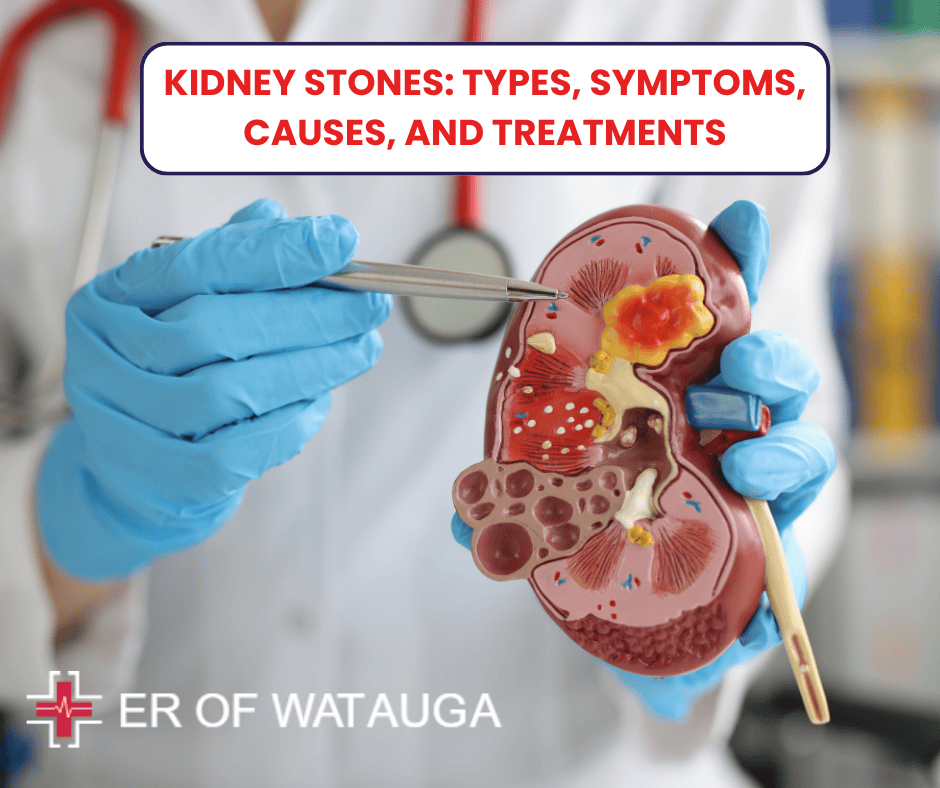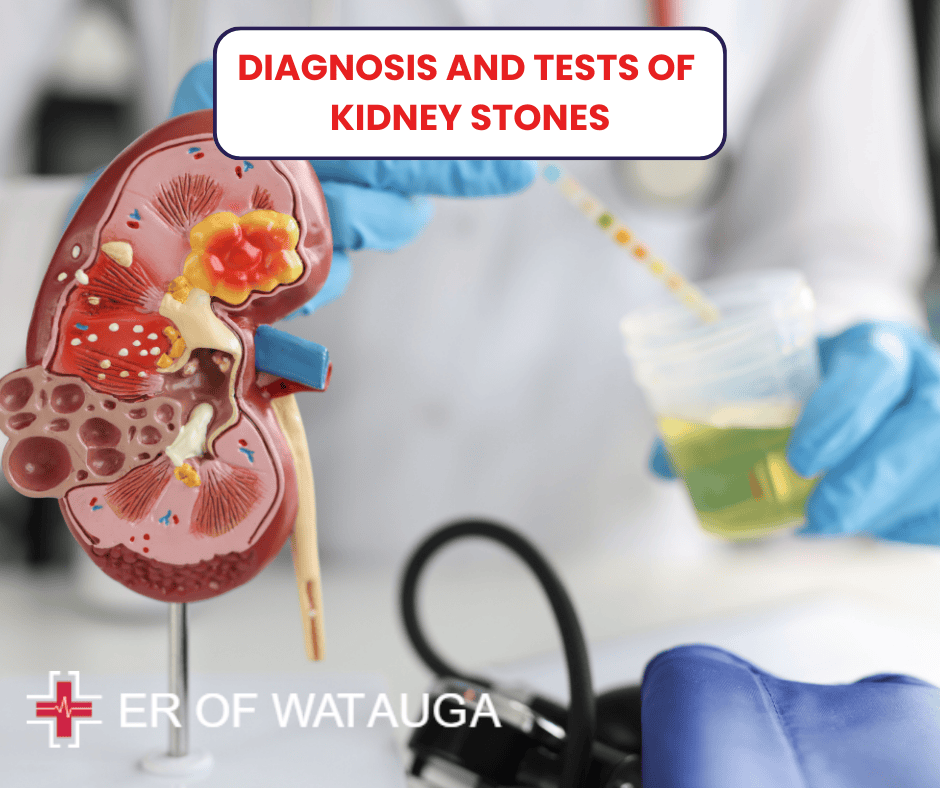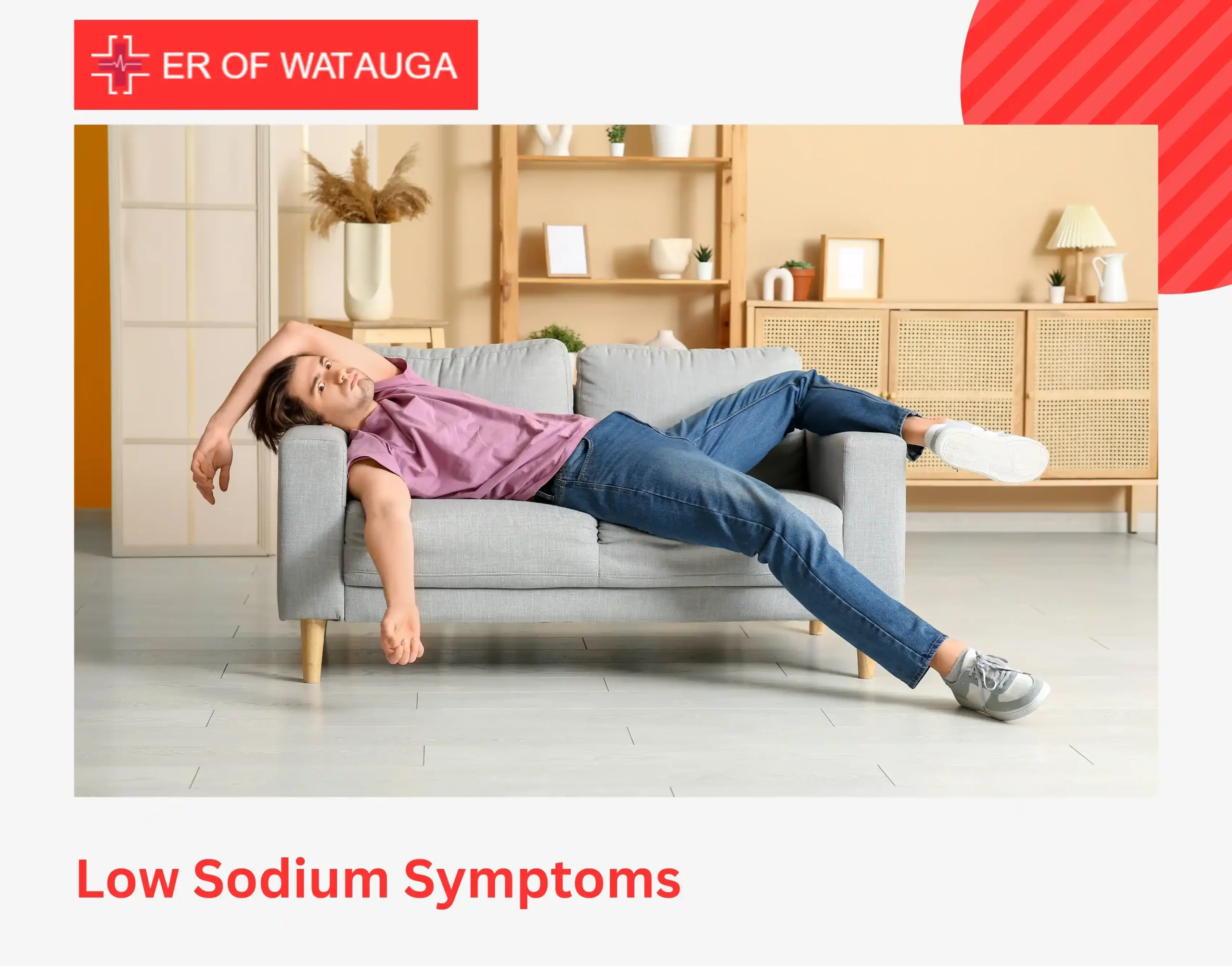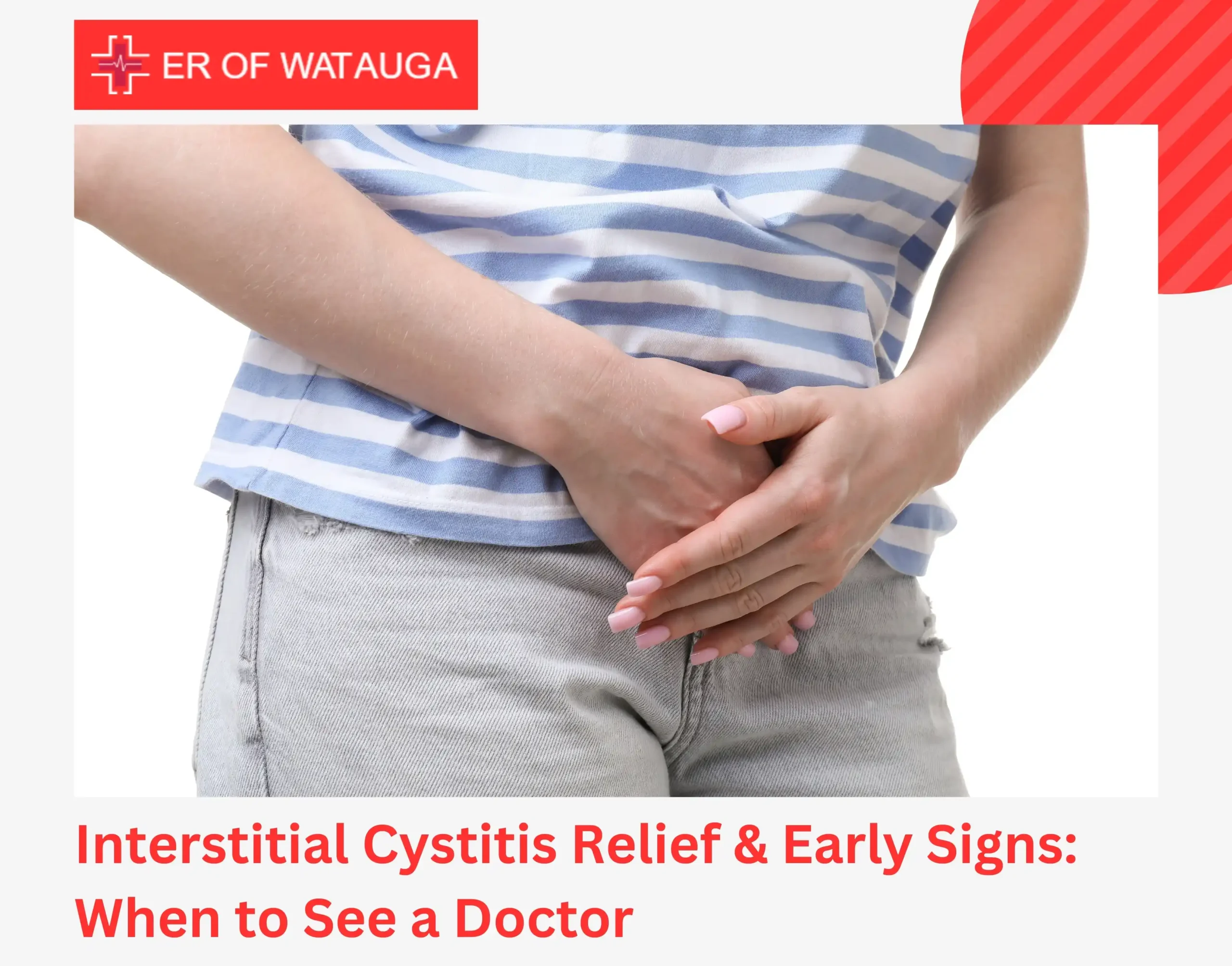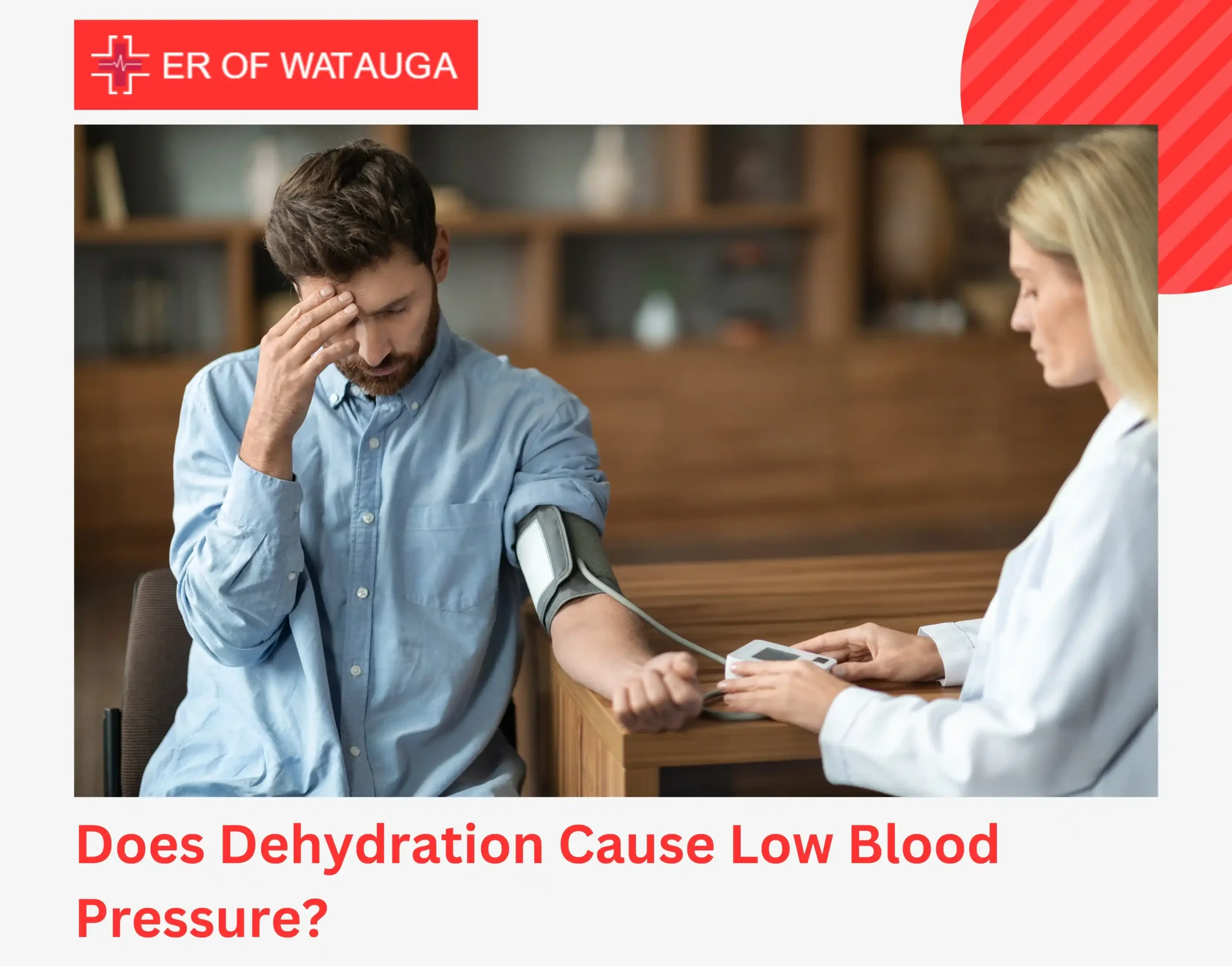Kidney stones are hard mineral deposits that affect roughly 1 in 11 Americans¹. These painful formations develop when the kidney’s natural filtering system becomes overwhelmed, allowing excess substances to crystallize in the urinary tract.
These stones vary in size, ranging from as small as a grain of sugar to as large as ping-pong balls. As they travel from the kidneys to the bladder, they can block urine flow, causing severe pain. Men face a slightly higher lifetime risk at 11 percent, compared to 9 percent for women².
But the good news is that you can prevent and manage this critical condition by understanding the symptoms, types, and causes of kidney stones. Let’s explore how to protect your urinary health and avoid the pain of these troublesome deposits.
Understanding Different Types of Kidney Stones
The kidneys serve as our body’s filtration system, removing waste and excess substances like salt, potassium, acid, and nitrogen from the blood to produce urine.
When this process is disrupted, the excess substances crystallize to form kidney stones. These stones, also known as nephrolithiasis or renal calculi, come in several types, each with unique characteristics:
1. Calcium Stones:
This is the most common type of kidney stone, which forms when excess calcium combines with oxalate or phosphate. A diet high in oxalate-rich foods contributes to the formation of these stones. High sodium intake can also increase the risk by raising the amount of calcium in your urine. Oxalate rich-foods are:
- Spinach
- Beets
- Nuts
- Chocolate
2. Struvite Stones:
These kidney stones are usually linked to urinary tract infections (UTIs). They can develop rapidly and grow large enough to block the urinary tract. Addressing the underlying UTI can help prevent struvite stone formation.
3. Uric Acid Stones:
These stones form when the urine becomes too acidic. People with diabetes, obesity, and gout are especially prone to uric acid stones. Consuming large amounts of these foods can increase the production of uric acid:
- Red meat
- Shellfish
- Organ meats
4. Cystine Stones:
This rare kidney stone type occurs due to a genetic condition called cystinuria. Excess cystine (an amino acid) leaks from the kidneys into the urine. This hereditary disorder can lead to recurring stones over time, requiring specialized treatment.
7 Symptoms of Kidney Stones You Must Not Ignore
The symptoms of kidney stones can vary in intensity, depending on the size and location of the stone. Common symptoms of kidney stones include:
- Left-side Abdominal Pain: Kidney stones obstruct urine flow from the kidney to the bladder causing left-side abdominal pain or cramping. Warning: It could be severe.
- Blood in Urine (Hematuria): You might notice your urine turning pink, red, or brown due to the presence of blood.
- Cloudy or Foul-smelling urine: This could indicate an infection associated with the stone.
- Frequent Urination: Even though you may not pass much urine, the sensation can be uncomfortable.
- Nausea and Vomiting: The intense pain may cause feelings of nausea or make you vomit.
- Fever and Chills: These are signs of an infection that can occur alongside kidney stones, especially if a blockage has occurred.
If you experience any of these symptoms, it’s crucial to seek immediate medical attention.
Causes of Kidney Stones
Understanding the causes of kidney stones can help in both treatment and prevention. Some common factors include:
- Dehydration: Not drinking enough water concentrates urine, making it easier for minerals to crystallize and form stones.
- Diet: High intake of oxalate-rich foods, salt, or animal protein increases your risk.
- Genetics: A family history of kidney stones can make you more likely to develop them.
- Obesity: Being overweight can increase the risk of kidney stones due to changes in metabolism.
- Certain Medications and Supplements: Taking high doses of calcium supplements or diuretics can contribute to the formation of kidney stones.
Other risk factors include digestive diseases, frequent urinary tract infections, and some metabolic disorders.
Diagnosis and Tests of Kidney Stones
To properly diagnose kidney stones, your healthcare provider will likely recommend one or more tests. The following tests confirm the type of stone, its size, and location to choose the right treatment for you:
- Imaging Tests: CT scans or X-rays provide detailed images of your kidneys and urinary tract, allowing doctors to detect stones and identify blockages.
- Ultrasound: This non-invasive test uses sound waves to create images of your internal organs and can help detect stones.
- Urine Tests: By analyzing your urine over 24 hours, doctors can determine if you’re excreting too many stone-forming minerals or not enough substances that prevent stone formation.
- Blood Tests: These can check your kidney function and help identify any underlying issues, like high calcium levels.
Explore Our Full-Service Clinical Laboratory
Treatment Options for Kidney Stones
The treatment of kidney stones depends on their size, type, and location, as well as your overall health. Usually, small kidney stones pass out with minimal intervention. However, if a stone does not pass and continues to grow, medical treatment or surgery may be necessary.
- Hydration: Drinking plenty of fluids can help flush out smaller stones. Your doctor may recommend consuming at least 2-3 liters of water daily to increase urine output.
- Pain Management: Over-the-counter pain medications like ibuprofen or acetaminophen can help ease discomfort. In severe cases, stronger prescription pain relievers may be needed to manage the intense pain of passing a stone.
- Medical Therapy: Certain medications can help pass stones more quickly or prevent them from forming in the first place. For example, alpha-blockers relax the muscles in your ureter, helping stones pass more easily.
- Shock Wave Lithotripsy: This non-invasive treatment uses high-energy sound waves to break stones into smaller pieces, making them easier to pass.
- Ureteroscopy: A thin, flexible tube is inserted into the urethra and passed to the stone. Once the stone is located, the medical professional will break up or remove the stone.
- Surgery: Surgery may be required if the stone is too large to pass or causes severe complications. Percutaneous nephrolithotomy is one option where the stone is removed through a small incision in the back.
Final Thoughts
Kidney stones can cause intense pain, but understanding their types, causes, and treatments can help you avoid complications like infections or kidney damage.
If you feel sharp pain in your side or lower back, struggle to urinate, or notice blood in your urine, the Watauga emergency room stands ready to provide prompt medical assistance.
We provide 24 hour urgent care for kidney stones in Watauga and the surrounding areas. Our facility includes a certified full-service laboratory that offers advanced imaging such as digital x-rays, ct scans, and ultrasounds to diagnose and treat your condition before it worsens.
Contact Us For Kidney Stone Treatment
FAQ’s
What Are the Complications and Risk Factors of Kidney Stones?
While many kidney stones pass on their own, they can lead to complications, such as infections, kidney damage, or recurrent stones. Few risk factors include a personal or family history of stones, dehydration, high-protein or high-salt diets, digestive diseases, and obesity.
How Can I Prevent Kidney Stones?
You can lower your risk by staying hydrated, eating a balanced diet (limiting salt, animal protein, and oxalate-rich foods), reducing calcium supplements, and managing health conditions like gout or obesity.
References:
